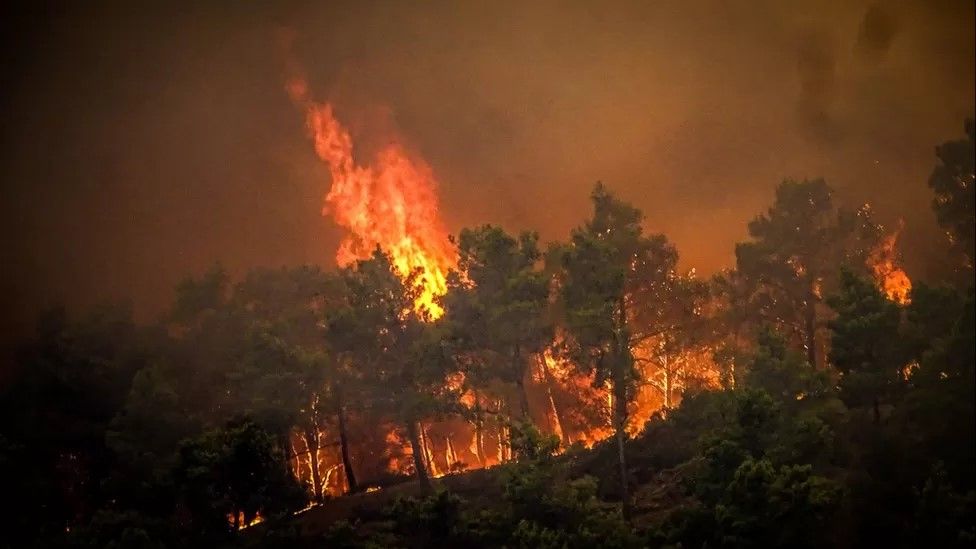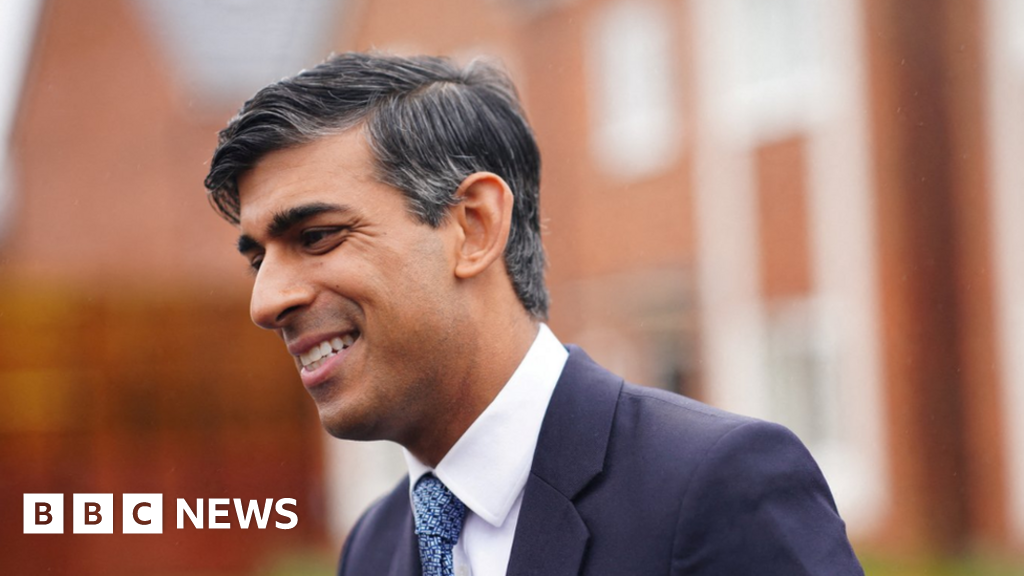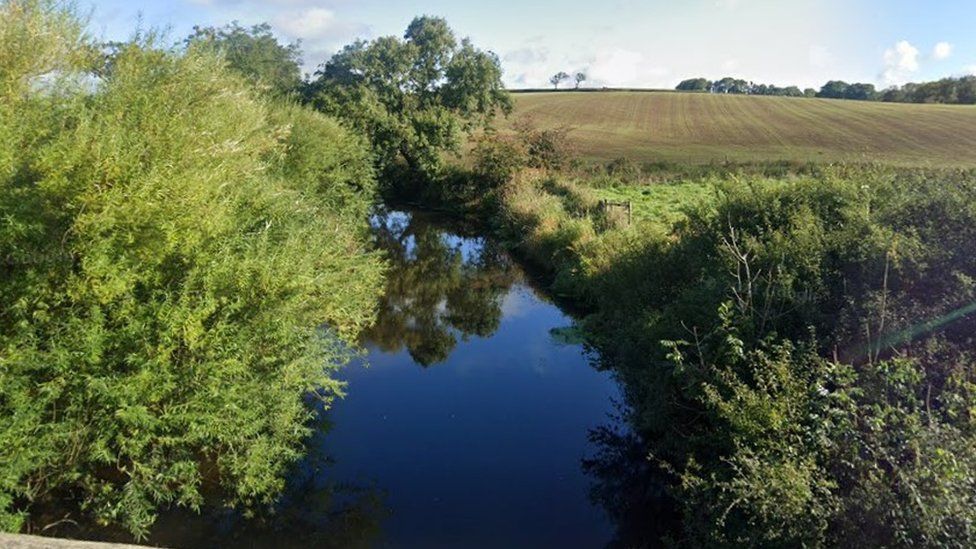Due to climate change, extreme weather is becoming more frequent and intense in many places.
According to scientists, this will go on as long as people continue to release greenhouse gases that warm the planet.
Here are four ways that extreme weather and climate change are related.
Naturally occurring wildfires can be found all over the world. Because other factors, such as changes in land use, may be at play, it is challenging to determine whether climate change is to blame for a wildfire.
Fires are currently affecting areas of Greece, including Rhodes and Corfu. With over 25,000 acres (100,000 sq km) already burned, Canada is currently experiencing its worst wildfire season on record. This comes after destructive wildfires earlier in 2023 in Australia and Chile.
The area burned by wildfires has increased in some areas, such as the western US, but trends for wildfires worldwide are complicated.
However, according to scientists, climate change is increasing the likelihood of the weather conditions needed for wildfires.
Extreme heat that lasts for a long time dries out the soil and vegetation more and more.
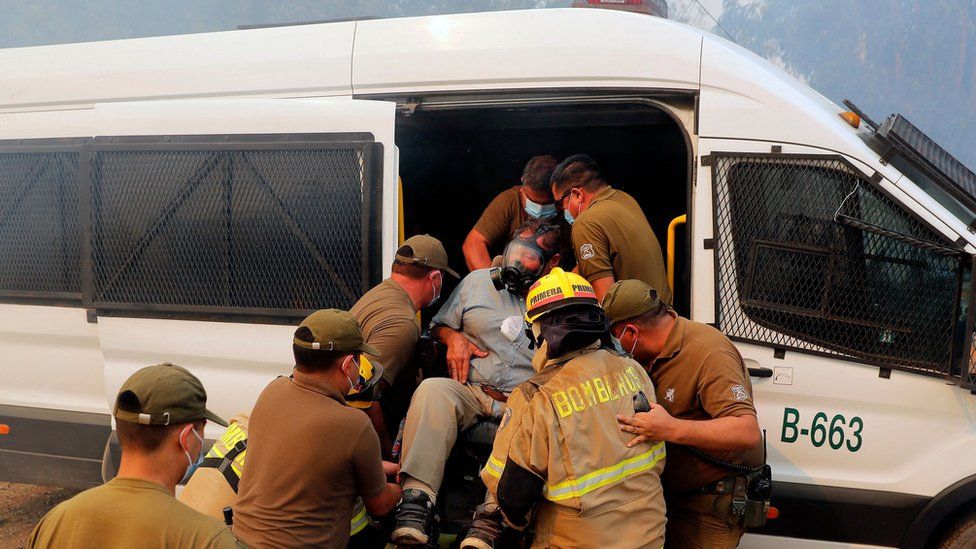
These tinder-dry conditions give off fuel for fires, which can spread incredibly quickly, especially in the event of strong winds.
Due to the combined effects of changing land use and climate change, scientists anticipate that wildfires will increase in frequency and intensity in the future.
Average temperature increases of any size have a significant impact.
This is due to a general shift toward warmer levels in the distribution of daily temperatures, which increases the likelihood and severity of hotter days.
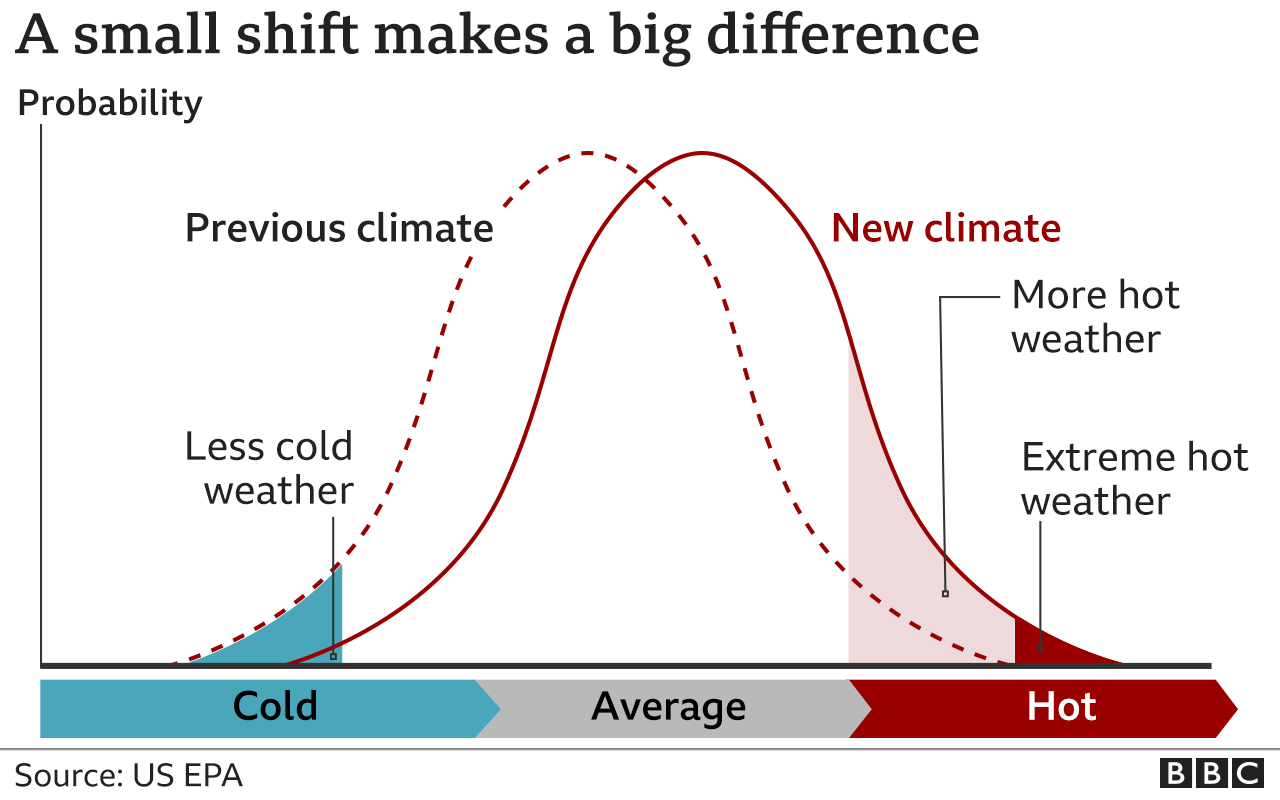
Computer simulations are used by scientists to determine whether human-caused global warming has increased the likelihood of extreme weather events.
According to the World Weather Attribution network (WWA), for instance, a record-breaking spring heatwave that affected Spain, Portugal, and northwest Africa in April was made at least 100 times more likely by climate change.
It's too soon to say for sure if climate change has significantly increased the likelihood of the ongoing July 2023 heatwaves that have affected parts of Europe, the south-west US, and China. However, according to experts, these kinds of occurrences are expected in a warming world, especially when combined with regular weather patterns like high pressure systems and El Nio.
In July 2022, temperatures in the UK exceeded 40°C for the first time in recorded history. Without climate change, this would have been "extremely unlikely," according to the WWA.
Additionally, heatwaves are growing longer and more intense, even in the UK.
Heat domes, which are regions of high pressure where hot air is forced downward and trapped, can cause temperatures to soar over wide areas.
According to one theory, the Arctic, which has warmed more than four times faster than the global average, is experiencing higher temperatures that are slowing down the jet stream, which increases the likelihood of heat domes.
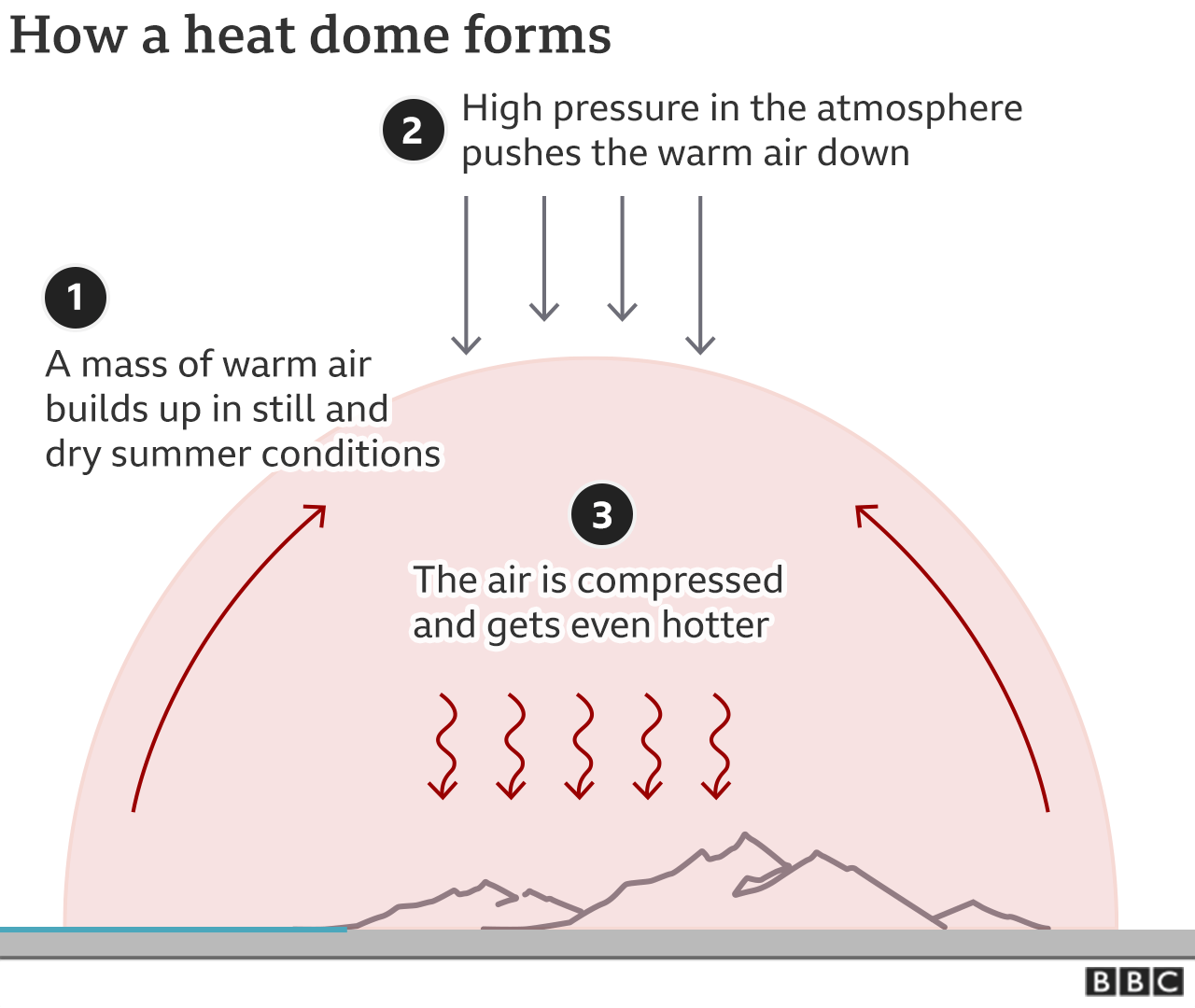
It can be difficult to draw a connection between specific droughts and climate change. Water availability depends on more factors than just temperature and precipitation.
However, prolonged and intense heat waves can exacerbate droughts by drying out the soil. The heat then intensifies as the air above warms up more quickly.
In hot weather, there is an even greater demand for water from people and agriculture.
Between 2020 and 2022, there were five consecutive failed rainy seasons in parts of East Africa, putting more than 20 million people in danger of going food insecure. According to the WWA, droughts like this one are now more than 100 times more likely as a result of climate change.
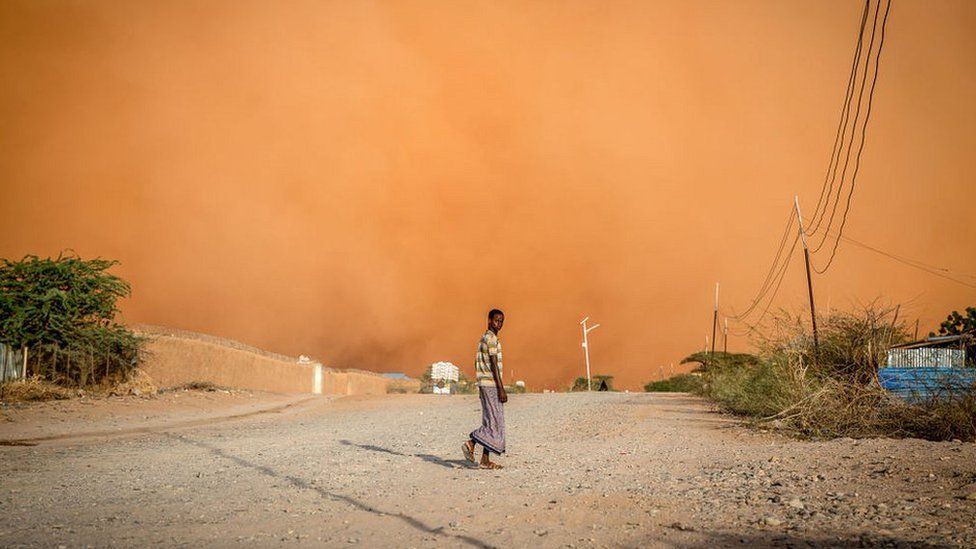
The amount of moisture the atmosphere can hold increases as it gets warmer.
This causes heavier rainfall and more droplets to fall, sometimes over a smaller area and in less time.
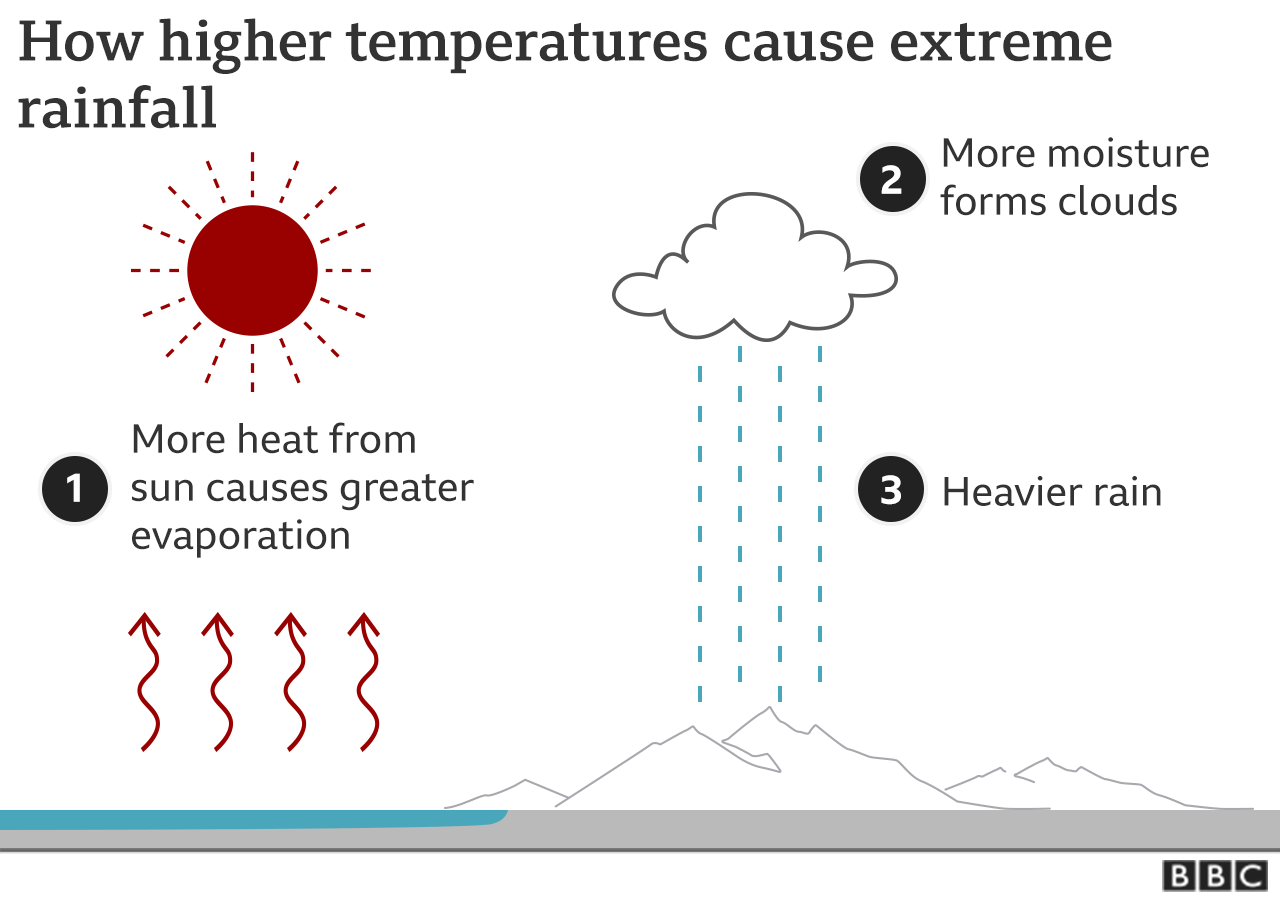
The wettest July and August on record for Pakistan occurred in 2022, resulting in devastating floods that impacted more than 33 million people. The WWA states that climate change was "likely" a factor, but other natural weather patterns, such as the monsoon, may also have contributed.
Other areas have also experienced extreme precipitation and flooding, such as West Africa between May and October 2022 and New Zealand in February 2023.
While it is impossible for scientists to say with certainty that the floods were brought on by climate change, they are consistent with the changes they anticipate in a warming world.


